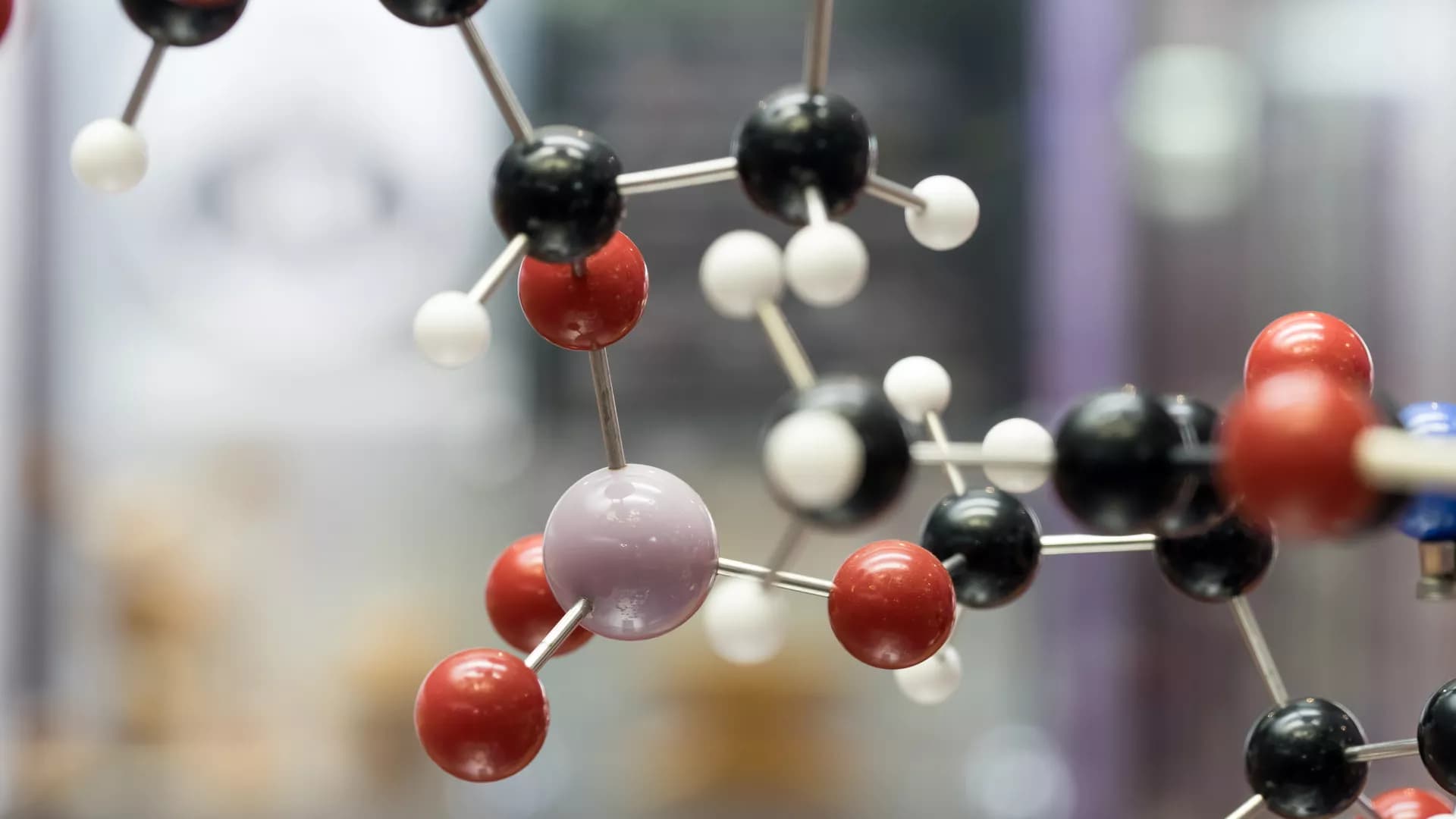The increasing demand for mobile power supplies in electric vehicles and portable electronics has motivated intense research efforts in developing high-performance electrochemical energy storage (EES) devices. EES is also a technological solution for grid storage and utilization of renewable energy like solar and wind. However, current EES technologies have not reached the demand of various applications to increase performance and security, and reduce cost and environmental footprint. By studying the interface and structure of advanced electrode materials, it is possible to improve the energy storage performance, reliability and safety.
Frontiers in Energy Research is planning a Research Topic on Interface, material, and structure designs for electrochemical energy storage, which aims to gather the latest, state-of-the-art research progress in this discipline with a primary focus on studying and understanding the interface properties, electrode and electrolyte materials/interfaces, and hierarchical structure designs for electrochemical energy storage applications.
This Research Topic focuses on electrochemical energy storage technologies, including lithium ion and batteries other than lithium ion, such as lithium metal batteries, all-solid-state batteries, sodium ion batteries, multivalent batteries, water-based batteries, flow batteries, supercapacitors, hybrid energy storages and other innovative systems. It is also encouraged to submit advanced manufacturing and recycling electrode materials or batteries. Researchers are encouraged to submit their Original Research Articles, Brief Research Reports, Reviews, and Perspectives from different backgrounds on related topics, including but not limited to the following list:
1. Innovative electrode materials
2. Electrode-electrolyte interface phenomena and solid-electrolyte-interphase
3. Emerging characterization techniques
4. Computational modeling and design of materials
5. New electrochemical mechanisms and chemistry for energy storage
6. Hierarchical structure design for electrodes and energy storage devices
7. Recycling of energy storage at the material- or device -level
8. Advanced manufacturing for electrodes or device
The increasing demand for mobile power supplies in electric vehicles and portable electronics has motivated intense research efforts in developing high-performance electrochemical energy storage (EES) devices. EES is also a technological solution for grid storage and utilization of renewable energy like solar and wind. However, current EES technologies have not reached the demand of various applications to increase performance and security, and reduce cost and environmental footprint. By studying the interface and structure of advanced electrode materials, it is possible to improve the energy storage performance, reliability and safety.
Frontiers in Energy Research is planning a Research Topic on Interface, material, and structure designs for electrochemical energy storage, which aims to gather the latest, state-of-the-art research progress in this discipline with a primary focus on studying and understanding the interface properties, electrode and electrolyte materials/interfaces, and hierarchical structure designs for electrochemical energy storage applications.
This Research Topic focuses on electrochemical energy storage technologies, including lithium ion and batteries other than lithium ion, such as lithium metal batteries, all-solid-state batteries, sodium ion batteries, multivalent batteries, water-based batteries, flow batteries, supercapacitors, hybrid energy storages and other innovative systems. It is also encouraged to submit advanced manufacturing and recycling electrode materials or batteries. Researchers are encouraged to submit their Original Research Articles, Brief Research Reports, Reviews, and Perspectives from different backgrounds on related topics, including but not limited to the following list:
1. Innovative electrode materials
2. Electrode-electrolyte interface phenomena and solid-electrolyte-interphase
3. Emerging characterization techniques
4. Computational modeling and design of materials
5. New electrochemical mechanisms and chemistry for energy storage
6. Hierarchical structure design for electrodes and energy storage devices
7. Recycling of energy storage at the material- or device -level
8. Advanced manufacturing for electrodes or device






